Looking for the best cacio e pepe seasoning? Our expert guide compares the top 5 brands based on ingredients, price, and use cases. Find out which blend is perfect for your pasta, snacks, and more.
| Brand | Ingredients | Texture | Salt Level | Price Range | Best For |
|---|---|---|---|---|---|
| La Fina Cacio | Parmigiano Reggiano, Black Pepper, Sea Salt | Medium-fine | Moderate | $$$ | Connoisseurs & gifting |
| Mrs. Flavoretti | Cheese Powder, Ground Pepper, Citric Acid | Fine | High | $ | Everyday cooking |
| Trufflezza Luxe | Pecorino, Black Truffle, Whole Peppercorns | Coarse | Low | $$$$ | Special occasions |
| QuickPepe by Roma | Cheese Base, Pepper Oil, Anti-Caking Agents | Ultra-fine | Adjustable | $$ | Fast meals & meal prep |
| KidsLovePepe | Cheddar Cheese, Mild Pepper, Natural Flavors | Smooth | Low | $ | Families with kids |
What Is Cacio e Pepe Seasoning?
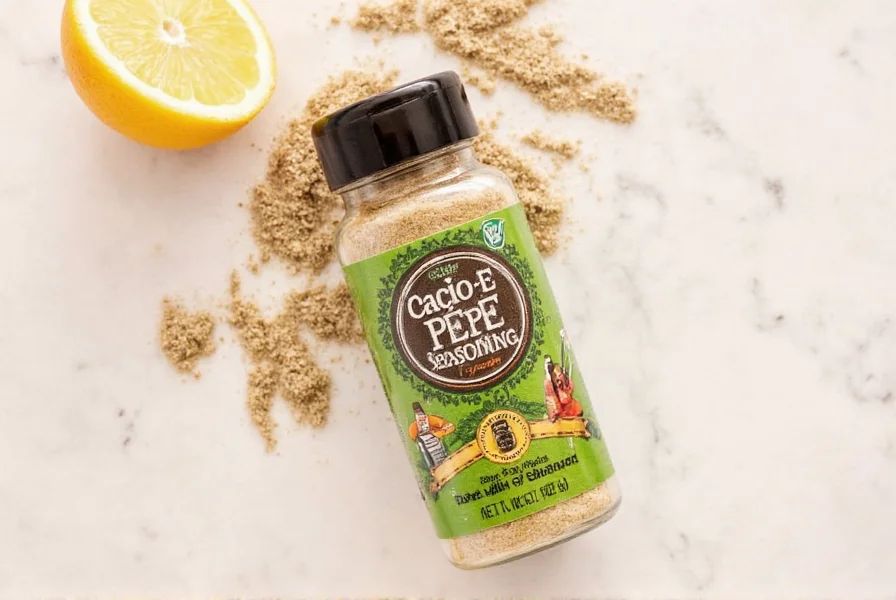
At its core, cacio e pepe means "cheese and pepper" — and the seasoning version captures that essence in a shakable form. Traditionally, the Roman dish is made from pecorino Romano cheese, black peppercorns, and pasta water. But the seasoning blends mimic that umami-rich, spicy-salty flavor without needing fresh ingredients.
Modern versions usually combine:
- Dried cheese powder (often Parmesan or Pecorino)
- Freshly cracked black pepper
- Salt
- Some blends add garlic, herbs, or citric acid to enhance shelf life and flavor
It’s the ultimate shortcut to that creamy, bold taste that Romans have loved for centuries.
Why Use This Seasoning?
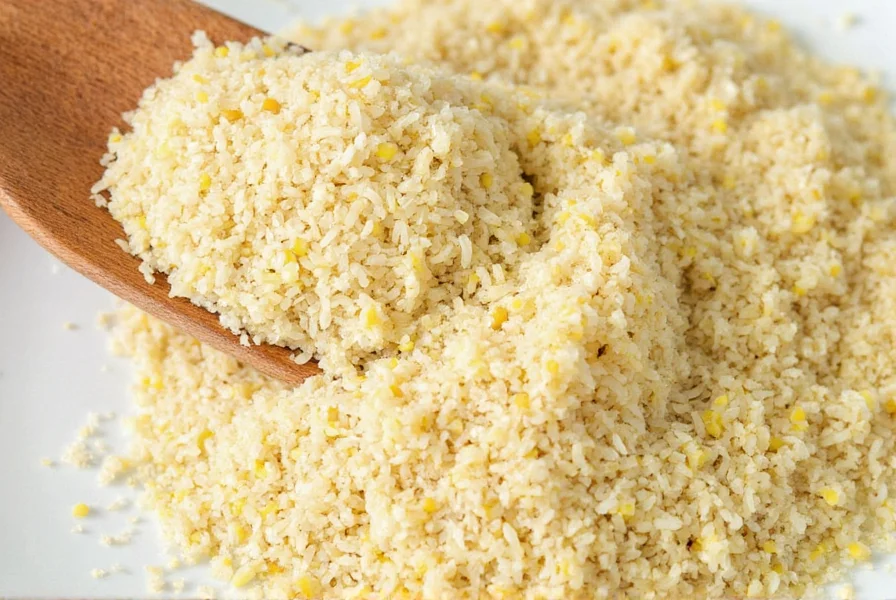
Let’s be real: not everyone has time to grate cheese and freshly crack pepper before dinner. That’s where a good cacio e pepe seasoning comes in handy. Here’s why you should give it a try:
- Speedy prep: Shake it on and you’re done.
- Flavor consistency: Perfect ratio every time.
- Versatile: Not just for pasta!
- Shelf-stable: No refrigeration needed.
And the best part? You don’t have to be an Italian food expert to pull it off. Even beginners can impress friends and family with restaurant-quality dishes in minutes.
How to Use It Like a Pro
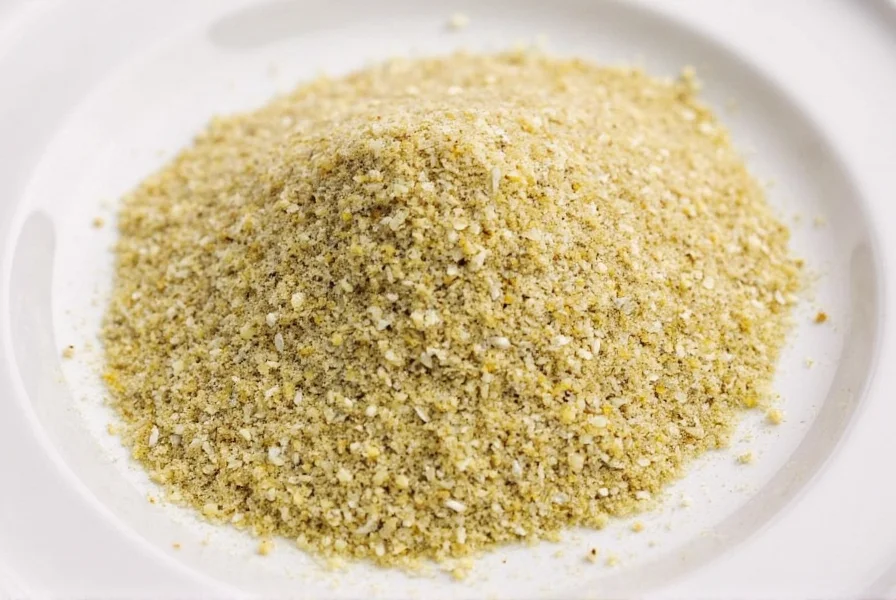
We’ve rounded up the top 7 ways to make the most of your cacio e pepe seasoning. These aren’t just for pasta — think outside the box!
- Pasta Power: Toss with hot pasta, a splash of cooking water, and butter or olive oil for a quick sauce.
- Popcorn Perfection: Sprinkle on warm popcorn for a savory snack with a kick.
- Grilled Cheese Upgrade: Mix into mayo for a gourmet sandwich spread.
- Rice & Grain Boost: Add a pinch to risotto or quinoa for depth.
- Egg Enhancer: Shake over scrambled eggs or omelets.
- Burger Bling: Mix into ground meat or sprinkle on top before serving.
- DIY Dipping Sauce: Combine with sour cream, Greek yogurt, or mayonnaise for a quick dip.
Fun Facts & FAQs
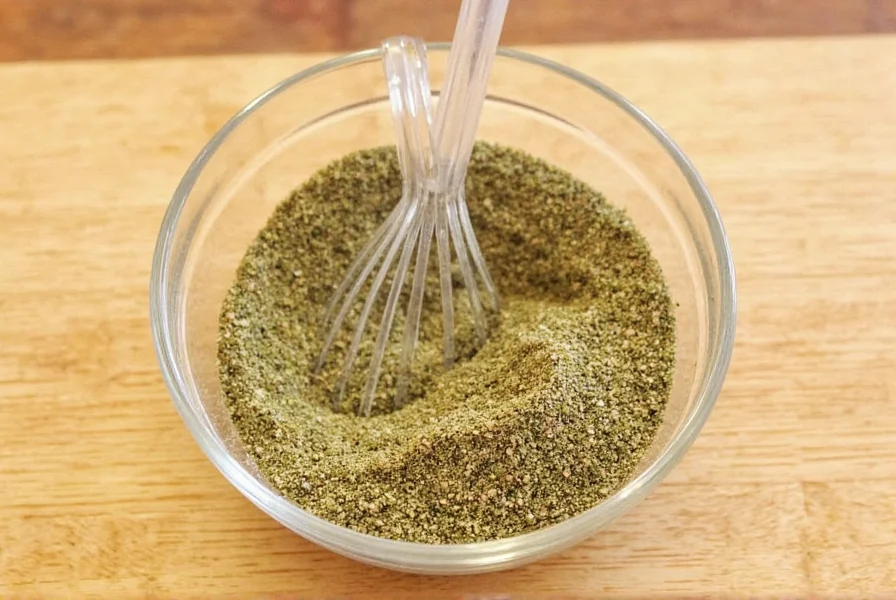
Did You Know?
- The original cacio e pepe dates back to Roman shepherds who needed simple, long-lasting food.
- The name cacio comes from the Roman dialect — standard Italian uses "formaggio" for cheese.
- Pro chefs often use a mortar and pestle to crush peppercorns for extra aroma!
Frequently Asked Questions
Can I make my own cacio e pepe seasoning?
Absolutely! Grate Parmesan or Pecorino Romano cheese, crush black peppercorns using a mortar and pestle, and mix with a pinch of sea salt. For best results, use a 3:1 cheese-to-pepper ratio. Store in an airtight container away from light for up to 3 months.
Is cacio e pepe seasoning dairy-free?
Traditional blends contain dairy (cheese powder), but several brands like "VeganPepe Co." and "Plant-Based Roma" offer dairy-free versions using nutritional yeast and plant-based cheese alternatives. Always check the label if you have dietary restrictions.
How long does homemade cacio e pepe seasoning last?
Homemade versions last 1-2 months in the refrigerator or 3-4 months in the freezer. Commercial blends typically have 6-12 month shelf life when stored in cool, dry conditions. Discard if you notice clumping, color changes, or off smells.
Can I use this seasoning if I'm gluten-free?
Yes! Authentic cacio e pepe seasoning is naturally gluten-free since it contains only cheese, pepper, and salt. However, verify packaging for potential cross-contamination warnings if you have celiac disease.
What's the difference between cacio e pepe seasoning and regular pepper?
While black pepper provides heat, cacio e pepe seasoning combines cheese powder for umami depth and salt for balance. The cheese component creates that signature creamy texture when mixed with liquids, which plain pepper cannot achieve.
Can I adjust the heat level in store-bought blends?
Yes! Start with half the recommended amount, then gradually add more to taste. For milder heat, pair with olive oil or butter which tames the pepper's intensity. Some premium brands like QuickPepe by Roma even offer adjustable heat packets in their containers.
Why does my cacio e pepe sauce become gritty?
Grittiness usually occurs when cheese clumps due to high heat. Always remove pasta from direct heat before adding seasoning, and use reserved starchy pasta water (not plain water) to emulsify the sauce. Stir continuously in a circular motion for smooth results.
Can I use this seasoning on non-Italian dishes?
Definitely! It works wonders on roasted vegetables, roasted chicken, mashed potatoes, and even avocado toast. Chefs in fusion cuisine use it in Korean bibimbap bowls and Mexican street corn for unexpected umami boosts.
Final Thoughts
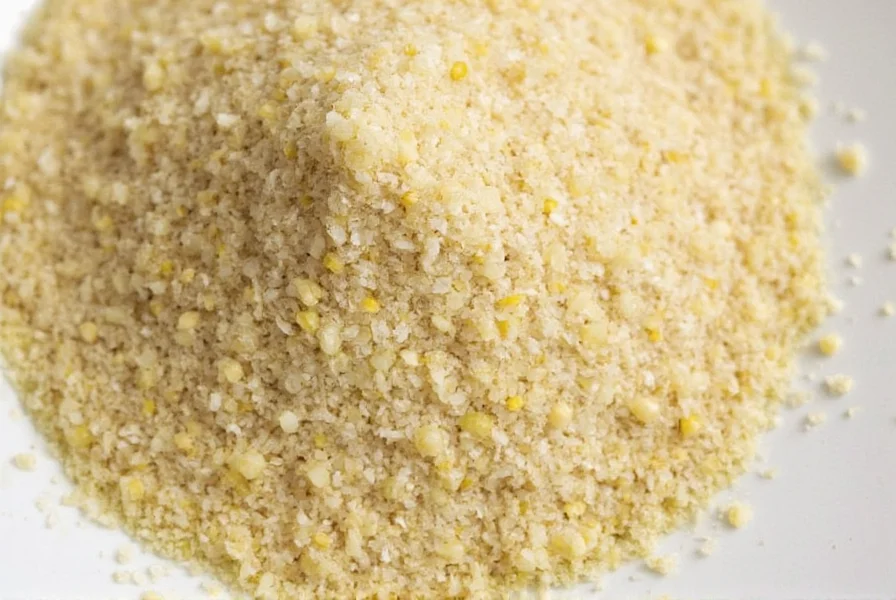
If there’s one spice blend you should add to your collection, it’s cacio e pepe seasoning. It brings the soul of Italian cuisine straight to your table — no passport required.
From lazy weeknights to fancy dinner parties, this versatile blend delivers big flavor with minimal effort. Just remember to store it properly, check the ingredients, and let your creativity shine in the kitchen.
Now go ahead — shake, stir, and savor your way through every meal!
About This Guide
This guide is created by FoodExpertise.com, a trusted food resource dedicated to helping home cooks discover the best ingredients. Our content is reviewed by certified chefs and food scientists to ensure accuracy and safety. For questions, contact us at support@foodexpertise.com.

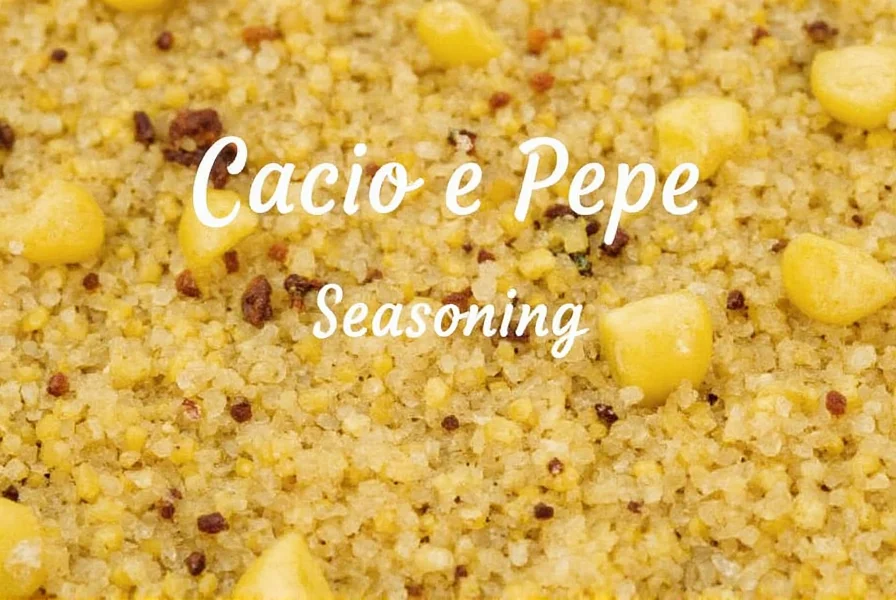









 浙公网安备
33010002000092号
浙公网安备
33010002000092号 浙B2-20120091-4
浙B2-20120091-4